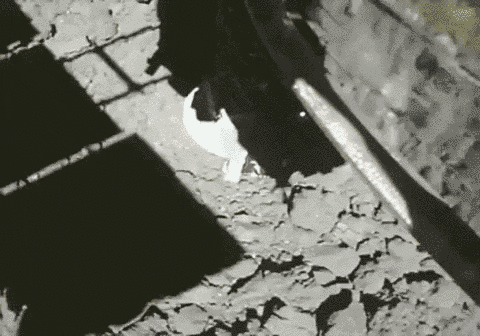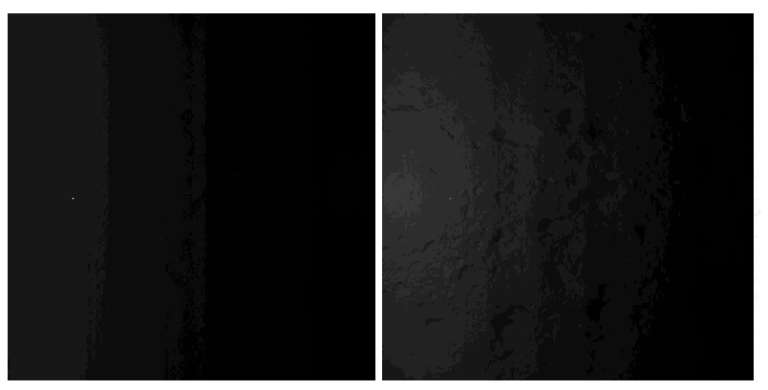Jason Davis • Aug 12, 2019
Hayabusa2 Nailed its Second Touchdown on Asteroid Ryugu
Hayabusa2 successfully touched down on asteroid Ryugu on 11 July, just 60 centimeters away from its aimpoint. JAXA flight controllers had known immediately that the second touchdown had gone according to plan. Now, press materials released 25 July and translated to English on 30 July show just how successful it was.
Hayabusa2, Japan's mission to Ryugu and other asteroids
Hayabusa2 traveled to the asteroid Ryugu, deployed rovers on its surface, and brought samples back to Earth.
You’ve probably seen the stunning touchdown video on social media already, but just in case you haven’t, here it is:

The video was captured by downward-facing CAM-H, which is mounted on the side of the spacecraft. It’s worth mentioning again that this camera was funded entirely by public donations!
Just like the first touchdown, Hayabusa2’s firing of a tantalum bullet as the sample horn smooshed into the surface sprayed a lot of surface material into the air. On the first touchdown, some of that material stuck to the wide-angle optical navigation camera (ONC-W1) lens, creating permanent cloudy spots in subsequent images.
When approaching Ryugu’s surface for touchdown, Hayabusa2 relies on a previously dropped target marker to pinpoint the correct landing spot. JAXA flight controllers were concerned that cloudy spots in ONC-W1 images would cause the spacecraft to confuse a bright rock for the target marker.
To mitigate this, JAXA lowered the starting altitude for the final descent from 45 to 30 meters, and implemented some fancy new image processing algorithms to make sure Hayabusa2 would lock onto its target marker correctly. Here is a comparison of the navigation images before and after processing; as you can see, the location of the target marker is much clearer in the processed image.

Hayabusa2 officially touched down on 11 July 2019 at 01:06 UTC, a minute earlier than was initially reported. The touchdown accuracy was astonishing: merely 60 centimeters away from the center of the target zone! Just look at everything Hayabusa2 had to dodge; the area around the touchdown site was littered with rocks about half a meter tall, and roughly 5 meters north of the touchdown zone was a rock 1.4 meters tall. The spacecraft’s sample horn is only a meter long, so an errant touchdown near that rock could have seriously damaged Hayabusa2 and jeopardized getting any samples at all back to Earth. What a good and brave little spacecraft, doing precisely what it was asked to do by its team 244 million kilometers away!

Here's another neat view of the sample site, which you may recall is near the artificial crater Hayabusa2 made with an explosion and copper projectile back in April. This view came from 2 cameras as Hayabusa2 descended towards touchdown from a height of about 8 meters. The top view comes from sideways-looking ONC-W2, and the bottom is from downward-looking ONC-W1. The depression in the middle of the top image is the SCI crater.

With the second sample safely collected and no further touchdowns planned, operations at Ryugu will now be more subdued. Hayabusa2 may still try to deploy its final rover, MINERVA-II-2, which is believed to be only partially functional. It’s possible the rover will be jettisoned to reduce mass for the return trip, but JAXA officials said they are still finalizing plans.
There isn't another press briefing scheduled until 22 August. Hayabusa2 is scheduled to leave Ryugu in November or December, and return to Earth in late 2020.


 Explore Worlds
Explore Worlds Find Life
Find Life Defend Earth
Defend Earth


